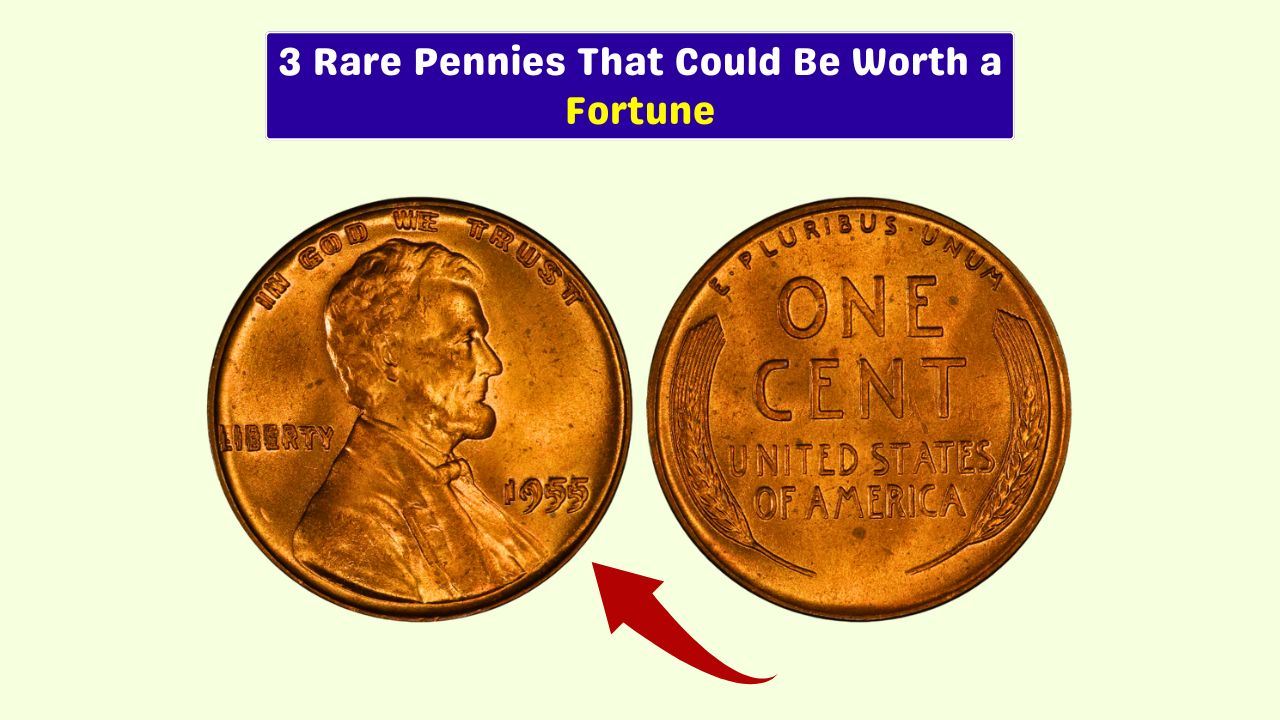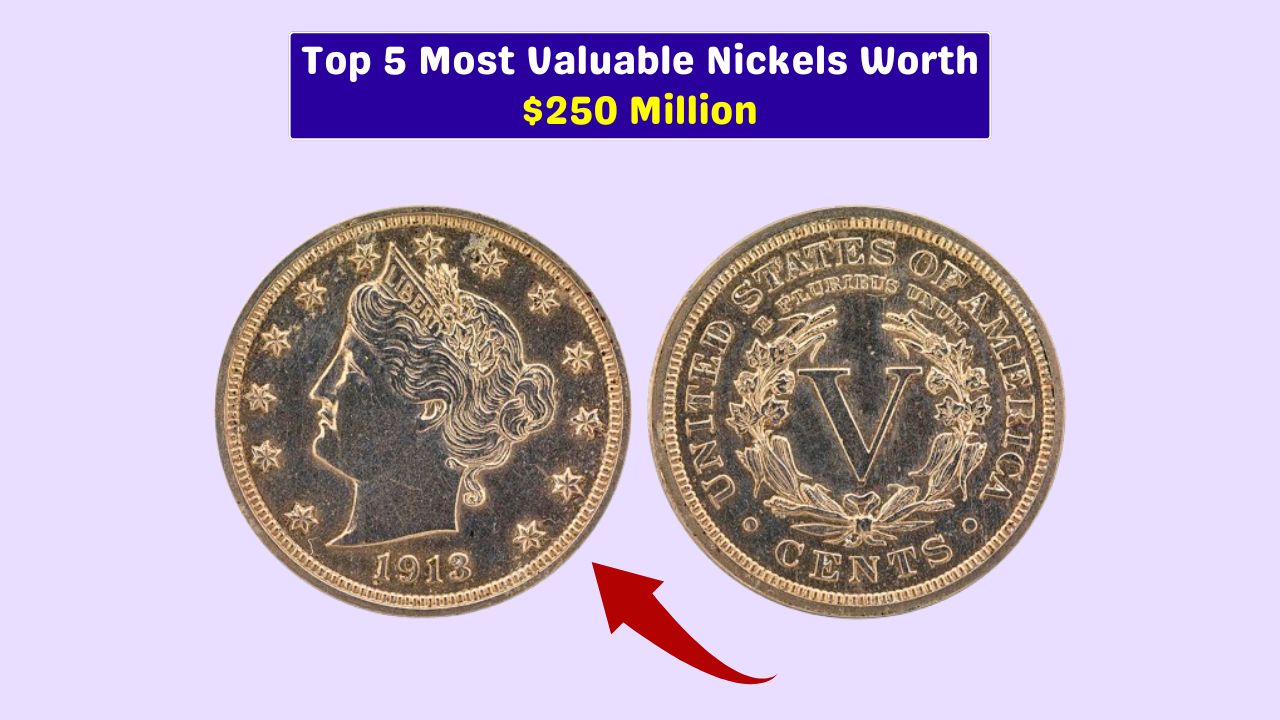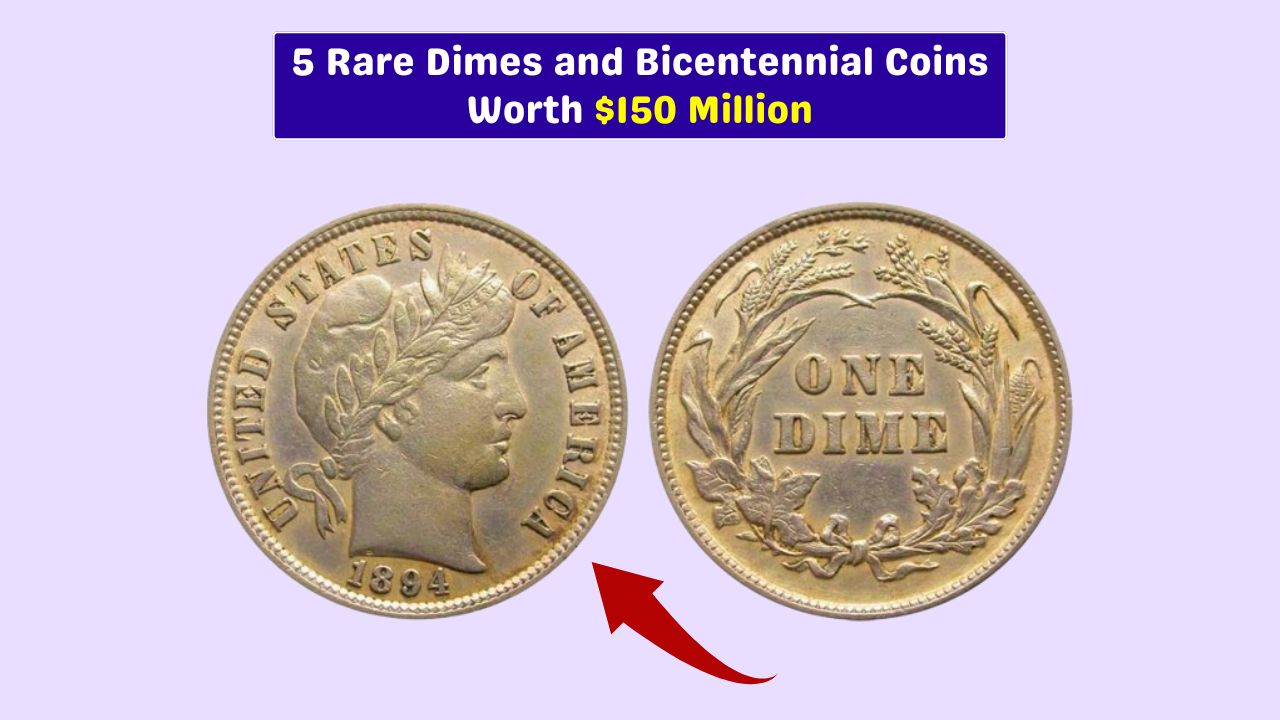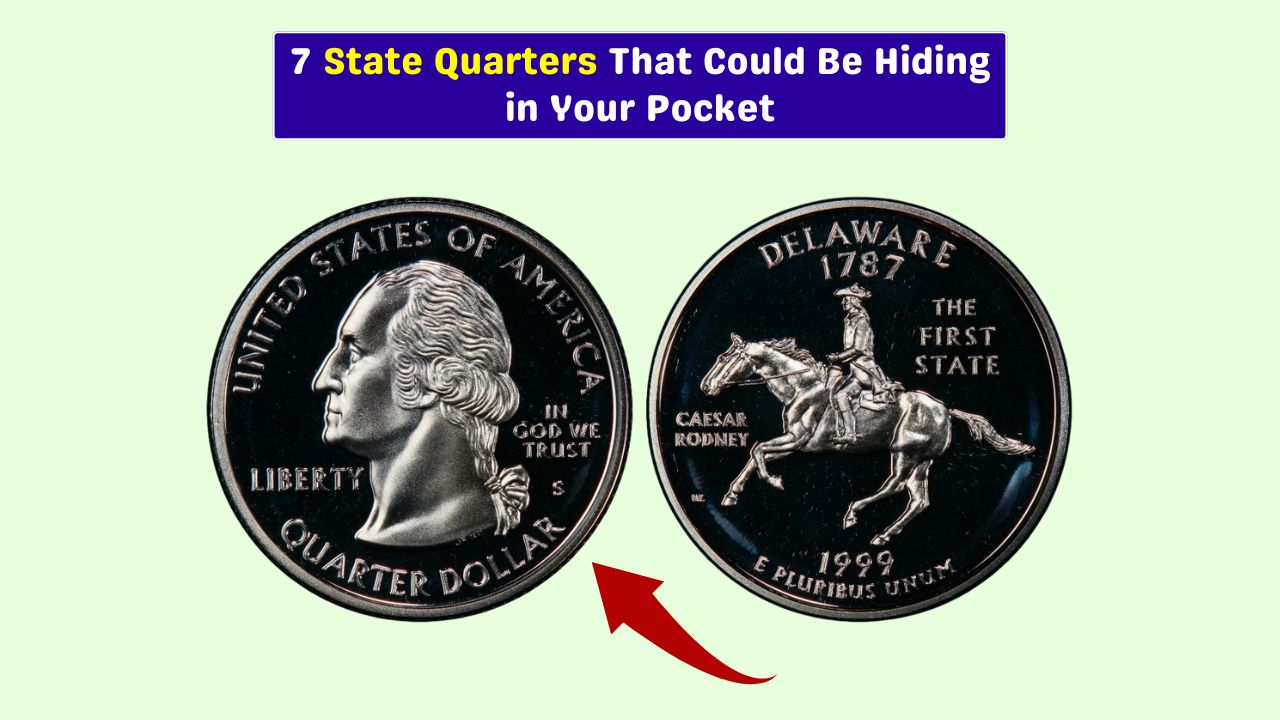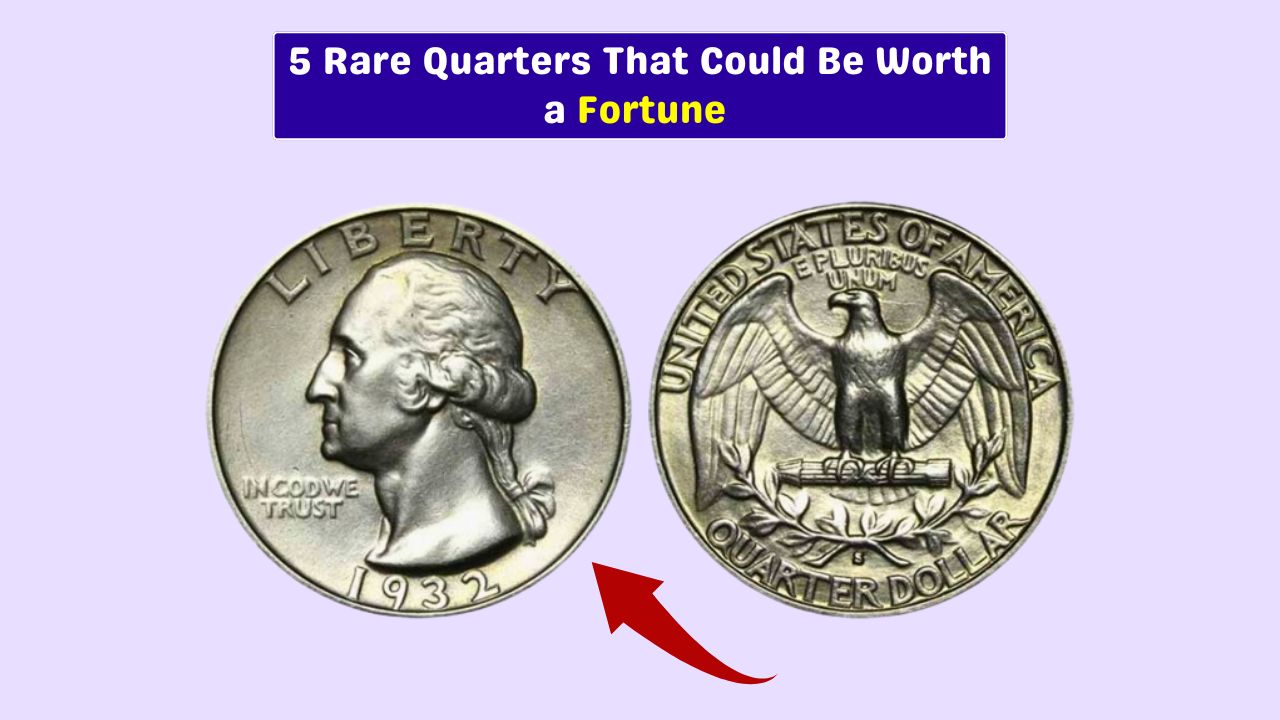Pennies usually feel like the least important coins in your pocket. They get tossed in jars, dropped on sidewalks, and ignored at the bottom of bags. But what if I told you that some of these little copper-colored coins are actually worth thousands—or even millions—of dollars? That’s right.
Some rare pennies are so valuable, they’ve become legends in the world of coin collecting. Let’s take a closer look at three of the most famous and expensive pennies ever made, and what makes them so special.
1943 Copper
This is the penny every collector dreams about. In 1943, the U.S. Mint stopped using copper for pennies due to a wartime shortage and switched to zinc-coated steel.
But a few copper planchets from 1942 accidentally got used in 1943—creating one of the rarest coins in American history: the 1943 Copper Penny.
Why It’s Special:
Only about 20 of these are known to exist today. The Mint tried to recall them, but a few slipped through and ended up in circulation. If you find one, you’ve basically hit the coin jackpot.
How to Identify:
It should be dated “1943” but won’t stick to a magnet (because it’s copper, not steel). If it doesn’t stick, it’s time to visit a coin expert.
Estimated Value:
- Good condition: $100,000+
- Uncirculated: Up to $1.7 million
1909-S VDB
The 1909-S VDB penny is another collector favorite. This coin marks the debut of the Lincoln cent, made to honor Abraham Lincoln’s 100th birthday.
Victor David Brenner, the designer, added his initials “VDB” to the reverse of the coin. That didn’t sit well with the public, and the Mint removed the initials soon after.
Why It’s Special:
This coin was only minted in San Francisco (“S” mint mark), and just 484,000 of them were made before the initials were removed. That combo of a limited run and controversy makes it a key piece for serious collectors.
How to Identify:
Look for “1909” with an “S” mint mark under the date, and “VDB” on the reverse near the rim.
Estimated Value:
- Good condition: $700 – $1,000
- Uncirculated: $2,000 – $3,500+
1955 Doubled Die
Now this is one trippy-looking coin. The 1955 Doubled Die penny became famous for a minting error that caused the date and inscriptions on the coin to appear twice. The result? A “double vision” effect that’s clearly visible without a magnifier.
Why It’s Special:
It’s not just rare—it’s dramatic. The doubling is so obvious that it’s instantly recognizable, even to new collectors. These coins were quickly pulled from circulation, but some still made it into the public’s hands.
How to Identify:
Look at the date “1955,” the word “LIBERTY,” and “IN GOD WE TRUST.” If the letters look like they were printed twice, congrats—you may have a valuable coin.
Estimated Value:
- Good condition: $1,000 – $1,500
- Uncirculated: Up to $25,000
| Penny | Year | Unique Feature | Estimated Value (High Grade) |
|---|---|---|---|
| 1943 Copper Penny | 1943 | Wrong metal, very rare | Up to $1.7 million |
| 1909-S VDB Lincoln Penny | 1909 | Initials + low mintage | Up to $3,500+ |
| 1955 Doubled Die Penny | 1955 | Obvious doubling error | Up to $25,000 |
It’s wild to think that something as ordinary as a penny could be worth a life-changing amount of money. But that’s the magic of numismatics—sometimes, it’s the tiny mistakes or historical quirks that make a coin incredibly valuable.
If you’ve got an old jar of pennies sitting around, it might be time to dig through them. You never know what treasure could be hiding in plain sight.
FAQs
How rare is the 1943 copper penny?
Only about 20 are known to exist today.
Why is VDB on the 1909 penny important?
It marks the designer’s initials, later removed.
What causes the 1955 doubled die effect?
A die clash during minting caused double images.
Are all 1943 pennies valuable?
No, only the copper ones are rare and valuable.
How can I test a 1943 penny?
Use a magnet—steel sticks, copper doesn’t.
